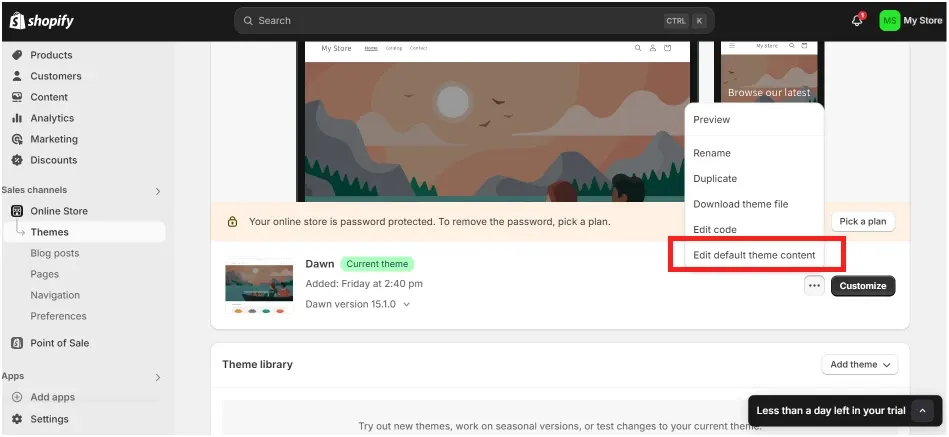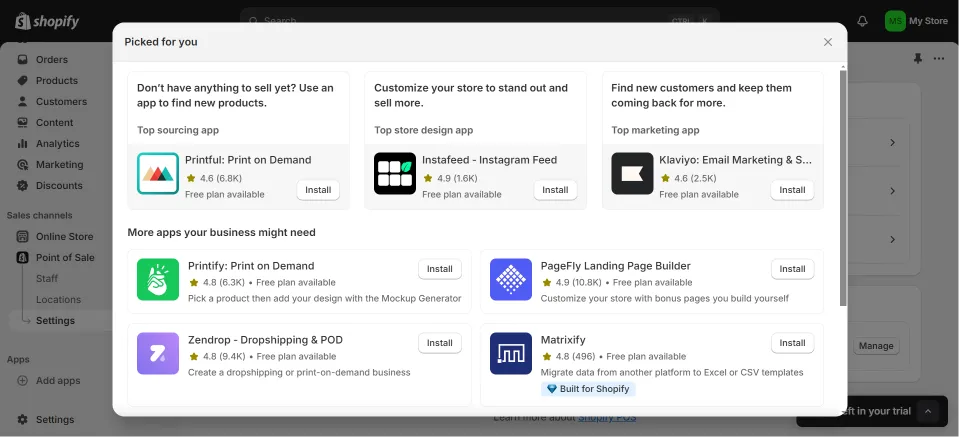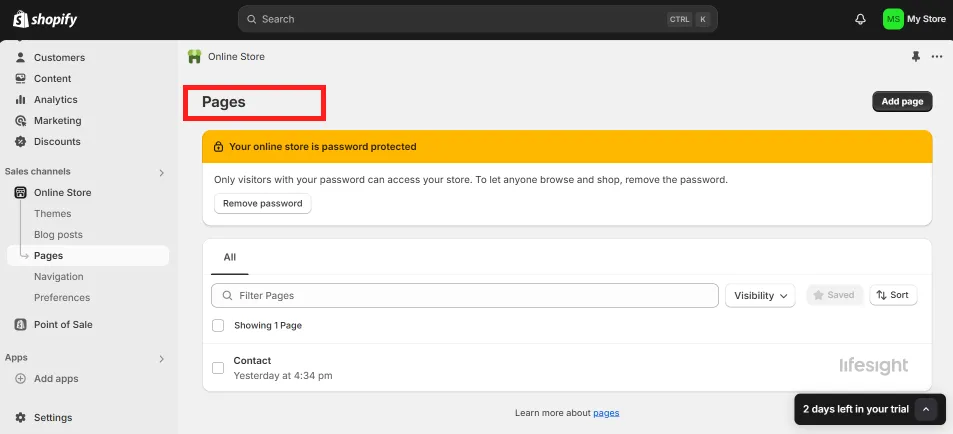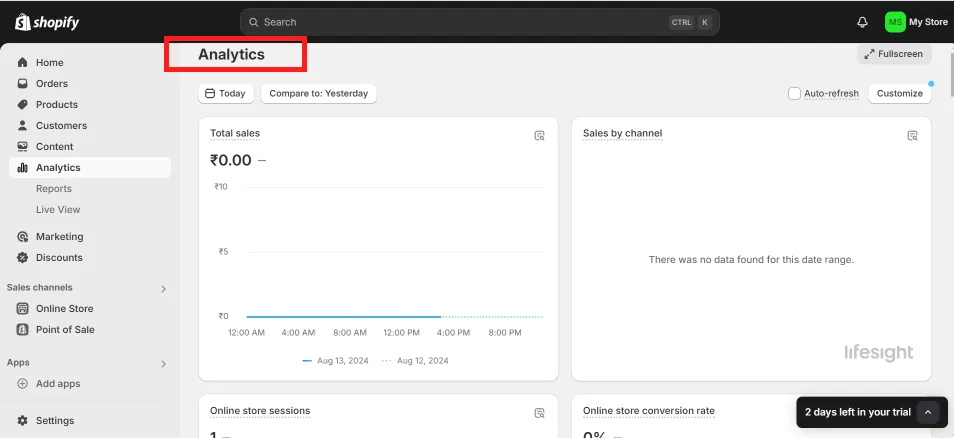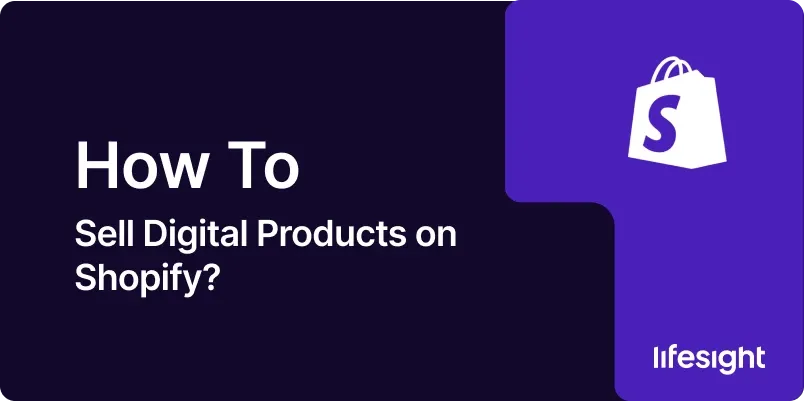
Introduction
Selling digital products on Shopify can open up vast opportunities for entrepreneurs who deal with software, ebooks, music, courses, and other intangible goods. This guide provides a comprehensive approach to setting up your Shopify store for digital products, ensuring you can manage sales effectively and maintain customer satisfaction.
Preparing Your Shopify Store
Set Up Your Shopify Store
- Start by creating a Shopify account if you don’t already have one. Select a plan that suits your business needs and consider the features you might require for selling digital products.
Setting Up Your Shopify Account.webp
Choose the Appropriate Theme
- Opt for a Shopify theme that supports digital products. This theme should facilitate features like instant downloads and should have a layout conducive to highlighting digital products.
shopify_theme_editor_1x.webp
Install Essential Apps
- Shopify offers various apps for managing digital products, such as Shopify’s own Digital Downloads app or third-party apps like SendOwl, which can automate the distribution process and provide additional security measures.
shopify_apps_and_integrations_1x.webp
Listing Your Digital Products
Product Preparation
- Prepare your digital products. Ensure that files are in a usable format (e.g., PDF for ebooks, MP3 for music) and check that all digital goods are of high quality and free of corruption.
Create Detailed Product Pages
- Craft detailed and attractive product pages. Each product should have a comprehensive description, clear images or previews if applicable (like the first few pages of an ebook or a clip from a video course), and instructions for use.
shopify_pages_1x.webp
Enhancing Digital Delivery
Automate the Delivery Process
- Configure the chosen app to automatically send a secure download link to customers after purchase. Make sure the process is seamless and test it thoroughly to ensure everything works as intended.
Secure Your Products
- Consider implementing digital rights management (DRM) or other protective measures to prevent unauthorized distribution of your digital products.
Marketing Your Digital Products
Content Marketing
- Utilize blogs, videos, and social media to market your digital products. Content marketing can help educate potential customers about the benefits of your products and can drive traffic back to your store.
Email Marketing
- Develop an email marketing strategy to keep in touch with customers and prospects. Provide updates, discounts, and valuable information to encourage repeat business and attract new customers.
Promotions and Discounts
- Offer discounts and bundle deals to entice customers. For example, offer a discount when customers buy more than one ebook or provide a bundle of courses at a reduced price.
Monitoring and Optimizing
Use Analytics
- Monitor your store’s analytics to understand customer behavior and product performance. Shopify provides built-in tools to track sales, customer engagement, and other relevant metrics.
shopify_analytics_setup_1x.webp
Gather Customer Feedback
- Actively seek out and listen to customer feedback regarding their purchase experience and the quality of the digital goods received. Use this information to make necessary adjustments to product offerings or marketing strategies.
Conclusion
Successfully selling digital products on Shopify involves careful preparation of your digital goods, optimizing your store for digital sales, and employing effective marketing strategies to attract and retain customers. By following these detailed steps, you can build a thriving digital product business on one of the world’s leading e-commerce platforms.
Free essential resources for success
Discover more from Lifesight

